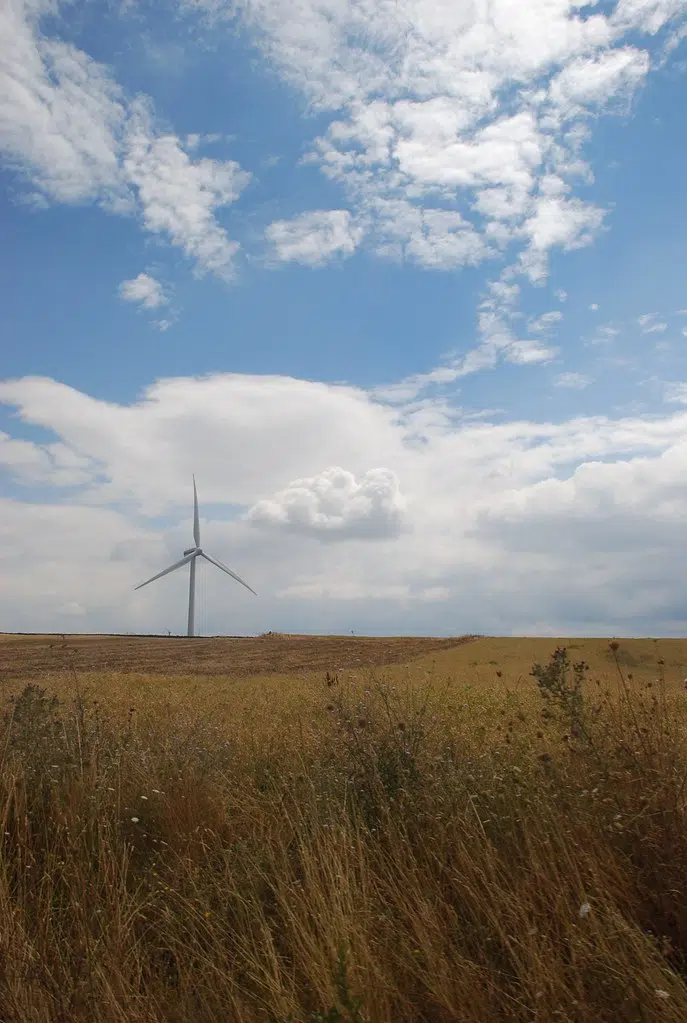The province will work to make buildings and residences climate friendly across Nova Scotia. You’re also going to start seeing more electric vehicles.
The province has released their Climate Change Plan outlining 68 actions to reduce greenhouse gas emissions in Nova Scotia.
A key part of the plan is phasing out fossil fuels in the electricity and transportation sectors while promoting energy efficient buildings.
The province will ban oil-fired heating equipment in new buildings by 2025 and support building and renovating residences to be net-zero.
They also plan to build least 500 megawatts of new local, renewable energy by 2026 and 50 megawatts of new community solar while increasing the use of electric vehicles and adding more charging stations.
This includes adapting electric vehicles for public transportation.
The plan’s actions are grouped into four areas:
- Responding to climate impacts
- Reducing our greenhouse gas emissions
- Seizing opportunities for a cleaner sustainable economy
- Reporting and evaluating progress
The province says they’re committed to reducing greenhouse gas emissions by at least 53 per cent below 2005 levels by 2030, with a goal of getting to net-zero by 2050.
A big focus of the plan is to protect against inland and coastal flooding. They’re looking to protect at least 20 per cent of Nova Scotia’s total land and water mass by
2030. They also want to invest in coastal wetland restoration to help manage flooding.
They’re also looking to protect against more extreme weather such as Hurricane Fiona, saying it’s an example of the
types of storms that will become more frequent because of climate change.
You can view the full Climate Change Plan here.









